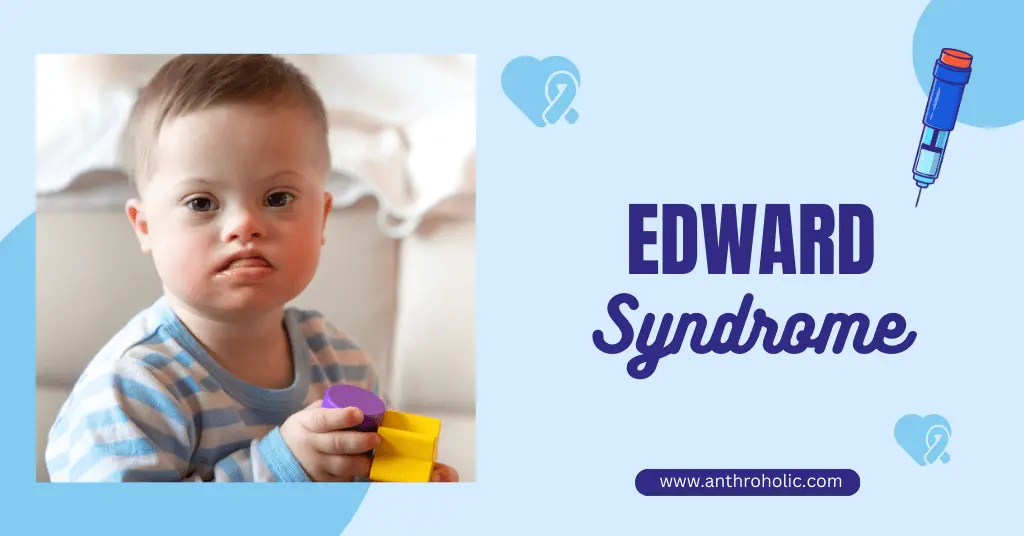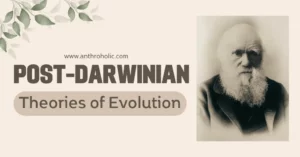AI Answer Evaluation Platform Live Now. Try Free Answer Evaluation Now
Edward Syndrome (Trisomy 18)
Edward Syndrome, clinically known as Trisomy 18, is a relatively uncommon but serious genetic disorder that profoundly impacts human life (Hasegawa, Matsuoka, & Shimizu, 2016). Characterized by the presence of an extra chromosome 18 in the cells of an individual, the syndrome presents with a plethora of physical abnormalities and medical complications that affect the life span and quality of life of affected individuals (Johns Hopkins Medicine, n.d.). Despite being the second most common trisomy, Edward Syndrome receives lesser attention compared to Down syndrome (Trisomy 21), potentially due to its high mortality rate and severe morbidity (Cereda & Carey, 2012). The following comprehensive exploration aims to shed light on the intricacies of Edward Syndrome, including its genetic basis, associated physical features, diagnostic procedures, management strategies, and the profound impact it has on the lives of affected individuals and their families.

Genetic Basis of Edward Syndrome
The Chromosomal Aberration
Edward Syndrome occurs as a consequence of an error in cell division known as nondisjunction, leading to the formation of an extra chromosome 18 (Jones, Hassold, & Harvey, 2012). The syndrome can manifest in three primary forms:
- Full Trisomy 18: This is the most prevalent form of Edward Syndrome, accounting for approximately 90% of cases (Cereda & Carey, 2012). It is characterized by the presence of an extra chromosome 18 in every cell of the individual.
- Mosaic Trisomy 18: A relatively rare variant, Mosaic Trisomy 18 is characterized by the presence of an extra chromosome 18 in some, but not all, cells of the individual. The severity of symptoms varies with the percentage of cells containing the extra chromosome (Cereda & Carey, 2012).
- Partial Trisomy 18: This variant involves the presence of only a portion of an extra chromosome 18 in the individual’s cells. The manifestation of symptoms depends on the specific portion of the chromosome that is triplicated (Cereda & Carey, 2012).
| Form of Edward Syndrome | Extra Chromosome 18 | Symptoms |
|---|---|---|
| Full Trisomy 18 | In every cell | Severe |
| Mosaic Trisomy 18 | In some cells | Variable |
| Partial Trisomy 18 | Partial in all cells | Depends on specific portion |
The Inheritance Pattern
Edward Syndrome is typically not inherited and occurs as a random event during the formation of reproductive cells (Cereda & Carey, 2012). The risk of recurrence for parents who had a child with Edward Syndrome is typically low, though slightly increased if the mother is of advanced maternal age (Parker et al., 2010).
Clinical Features and Diagnosis
Physical Characteristics
Children with Edward Syndrome exhibit a multitude of physical abnormalities, including but not limited to:
- Microcephaly (small head)
- Micrognathia (small jaw)
- Low-set ears
- Short sternum
- Overlapping fingers
- Congenital heart defects
- Kidney abnormalities
- Neurodevelopmental delays
Diagnosis
The diagnosis of Edward Syndrome is generally made prenatally through screening and diagnostic tests, though it may also be diagnosed postnatally based on physical characteristics and confirmed by genetic testing.
- Prenatal Screening: Non-invasive prenatal testing (NIPT), maternal serum screening, and ultrasound can identify potential cases of Edward Syndrome (Wapner et al., 2015).
- Prenatal Diagnostic Testing: If screening tests indicate an increased risk, more definitive diagnostic tests, such as chorionic villus sampling (CVS) or amniocentesis, may be recommended (Wapner et al., 2015).
- Postnatal Diagnosis: If Edward Syndrome is suspected based on physical characteristics after birth, genetic testing, such as karyotyping or FISH, can confirm the diagnosis (Cereda & Carey, 2012).
Management and Prognosis
The management of Edward Syndrome focuses on providing supportive care and addressing symptoms and complications as they arise, as there is no cure for the underlying chromosomal aberration (Cereda & Carey, 2012).
Prognosis in Edward Syndrome is generally poor, with a high infant mortality rate and most children who survive beyond infancy experiencing significant developmental disabilities (Baty et al., 1994). However, a small number of individuals, particularly those with mosaic or partial forms, may live into adulthood with appropriate supportive care (Cereda & Carey, 2012).
The Impact of Edward Syndrome
Edward Syndrome impacts not only the affected individuals but also their families and caregivers. The severe physical and developmental abnormalities, coupled with the poor prognosis, place enormous emotional and financial strain on families (Cereda & Carey, 2012). The management and coping strategies are therefore integral to enhancing the quality of life for these families.
Conclusion
Edward Syndrome is a profoundly impactful genetic disorder that poses significant challenges for affected individuals, their families, and the medical community. Comprehensive understanding and ongoing research are paramount in advancing diagnosis, management, and support for those affected. The complexity of Edward Syndrome reinforces the need for a multi-disciplinary approach involving clinicians, geneticists, therapists, and social workers. Ultimately, while Edward Syndrome presents undeniable hardships, it also underscores the resilience of the human spirit, the strength of families navigating their journey, and the critical role of the healthcare community in providing compassionate and comprehensive care.
References
- Baty, B. J., Blackburn, B. L., & Carey, J. C. (1994). Natural history of trisomy 18 and trisomy 13: I. Growth, physical assessment, medical histories, survival, and recurrence risk. American Journal of Medical Genetics, 49(2), 175-188.
- Cereda, A., & Carey, J. C. (2012). The trisomy 18 syndrome. Orphanet Journal of Rare Diseases, 7, 81.
- Hasegawa, T., Matsuoka, R., & Shimizu, Y. (2016). Trisomy 18 syndrome: considerations for prenatal diagnosis and management. Journal of Obstetrics and Gynaecology Research, 42(8), 887-894.
- Johns Hopkins Medicine. (n.d.). Trisomy 18 (Edward Syndrome). https://www.hopkinsmedicine.org/health/conditions-and-diseases/trisomy-18-edward-syndrome
- Jones, K. L., Hassold, T. J., & Harvey, M. A. (2012). The occurrence of trisomy in humans: is it related to the mother’s or the father’s age?. Current Opinion in Obstetrics and Gynecology, 24(2), 117-122.
- Parker, S. E., Mai, C. T., Canfield, M. A., Rickard, R., Wang, Y., Meyer, R. E., … & National Birth Defects Prevention Network. (2010). Updated National Birth Prevalence estimates for selected birth defects in the United States, 2004-2006. Birth Defects Research Part A: Clinical and Molecular Teratology, 88(12), 1008-1016.
- Wapner, R. J., Martin, C. L., Levy, B., Ballif, B. C., Eng, C. M., Zachary, J. M., … & Jackson, L. (2012). Chromosomal microarray versus karyotyping for prenatal diagnosis. The New England Journal of Medicine, 367(23), 2175-2184.



